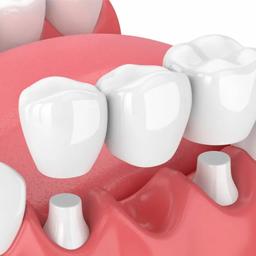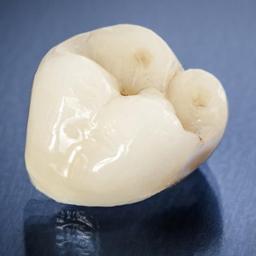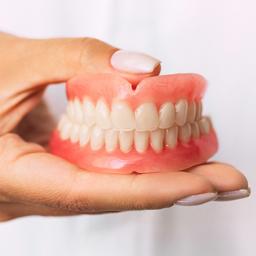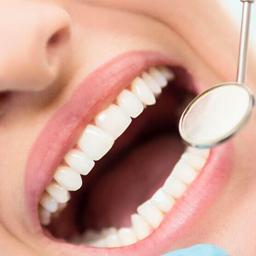General Dentistry
General dentists prevent, evaluate, diagnose, and treat diseases of the oral cavity, as well as maintain the function and appearance of the teeth. Many oral diseases and abnormalities can indicate other diseases. A general dentist may refer patients to their physician or a specialist for further evaluation, or vice versa for treatment.
Complete exams, x-rays, and dental cleanings
Fillings, root canals, and extractions
Crowns, bridges, full and partial dentures
Oral appliances for control of sleep apnea
Relaxation techniques using nitrous oxide sedation
Preventive care, periodontal therapy, and nutritional counseling
General Dentistry
What is general dentistry?
General dentistry covers a range of treatment options and procedures fundamental to protecting and maintaining a good standard of oral health. Treatments are in place to keep your mouth, gums, and teeth healthy and free of pain. General dentists are often viewed in a similar way to a GP, the ultimate goal is to prevent and diagnose disease.
Services offered by general dentist which are fundamental to your oral health include;
-
Preventive treatment
-
Cosmetic treatments
-
Routine examinations
-
Restorative treatment:
-
Fillings
-
Root canal treatment
-
Crowns
-
Tooth extraction
Our Process
Contact Us
Thru Phone, Website
& Mobile Application ...etc
Book
Appointment
For Free Consultation
Receive Your Treatment Plan
Printed Or Via Mobile Application
Start your
Treatment
FAQ
According to American Academy of Pediatric Dentistry, your child should see a dentist when the first tooth appears, or no later than his/her first birthday.
Comparisons have been made between the electric and manual toothbrushes to see which is more effective in the removal of plaque. Research has shown that both are equally effective as long as they are used in a correct manner. We can show you how to effectively brush and floss your teeth.
Bad breath, also know as halitosis, is caused by poor oral hygiene and/or oral health. Routine professional dental cleanings, effective brushing, flossing and tongue cleaning can help eliminate unpleasant mouth odor. If it is established that bad breath is not dentally related, then a physician’s consultation may be necessary to rule out sinus issues, stomach related problems, consumption of certain types of food and medications or other systemic issues.
Professional teeth whitening products used under the supervision of a trained dental personal do not harm teeth or gums. Mild sensitivity does occur after the whitening process, this can be easily treated with desenitizing gels.
Clenching and grinding also known as Bruxism is a subconscious habit. Stress is a major contributor in developing this habit. Clenching and grinding can cause TMJ related issues such as tooth wear, Stiffness in the jaw, neck and shoulder area and clicking in the jaw joint. Clenching and grinding cannot be stopped, however, wearing a custom formed mouth guard can help protect your jaw joint and teeth. Consistent use of the mouth guard can help relax the muscles around the jaw joint and decrease the stiffness and pain in the jaw, neck and shoulder area.
We highly recommend brushing and flossing at least twice a day, once in the morning preferably after breakfast and once in the night after dinner just before bedtime. This keeps plaque levels low especially during sleeping hours, decreasing the risk of developing gum disease and/or tooth decay. Along with daily brushing and flossing, Routine professional dental cleanings and check ups twice a year are imperative to maintaining oral health.
Teeth can be aligned and straightened with the help of various treatment options such as orthodontics, porcelain veneers and crowns. Traditional orthodontics using braces or Invisalign can be done at any age to align teeth. If orthodontic treatment is not an option, then beautifully aligned teeth can be achieved through porcelain veneers and crowns which can also alter the shape of the teeth. Sometimes one may require a combination of the two treatment modalities to achieve the desired results.





